Japan Vs US School Systems: Which is Better?
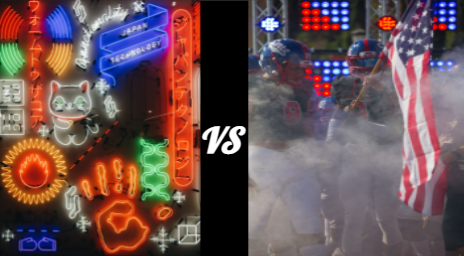
September 8, 2021
Every country has a different way of teaching its kids the education that is required to learn. The United States has its own way of teaching students, but not all school systems are like the US. While the US school system is known to be one of the best school systems in the world, there are some things that we could improve on, or learn for other schools, and vice versa. However, there is one school system that stands out, that might be better than the United States: Japan. Both have their own unique way of teaching their kids, but which one is better? And which one better affects the students’ knowledge and well-being?. So I’ve decided to do a comparison. There will be 5 questions based on which school system does a better job at that subject and whoever’s countries’ school systems win the most amount of questions will be determined, in my opinion, to have a better school system.
- Which school system is more efficient at teaching students real-life skills?
United States: The US school system gives students plenty of opportunities to learn skills they will need later in life. A lot of schools have classes for specific jobs students might want to have. Jobs like Carpentry and Machining use math as the main part of their job. Simple reading and writing are also another basis for many other jobs, and sometimes this is a very overlooked skill. There are even more beneficial classes for students who want to be prepared for the real world. Classes like Personal Finance and Economics are great classes to take, especially because irresponsible money management can lead to many negative outcomes. While these are great things that the US school system does to prepare its students for the real world, these crucial classes are not mandatory to learn in most states. This means that a lot of students never take these classes because only 21 states require students to take courses in Personal Finance. Unfortunately, because of this many teens have said that entering college, they felt unprepared for the real world, which could be fixed if more states required those life skill classes into their curriculum.
Japan: Japan prepares its kids for the real world early into a student’s lifetime. Until a student is 10 years old, they are not given any exams! Instead, it is believed that a student’s manners and character should be developed first before they are tested on their knowledge. During this time, students learn how to be respectful, generous, considerate, as well as manners and self-control, which are important life skills to learn. Schools also usually never employ any custodians or janitors, as they try to teach their students to clean after themselves and be responsible for their own things. While quite simple, these are things that will greatly impact a student in the future, to treat respect to others, animals, and yourself is a great thing to learn, and unfortunately, the US does not teach this to their students.
Summary
While the US school system does give students many opportunities to learn real-life skills, most of these crucial skills are not the priority for students to learn. Meanwhile, Japan teaches its students character, and a lot of the real-life skills in the US are more of a priority for the students.
➡️ Winner: Japan
2. Which school system has better universities?
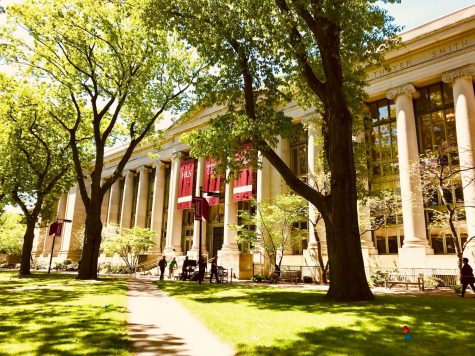
United States: America has some of the best universities in the world, with 8 out of 10 of the Best Universities in the world coming from the United States. Harvard being the best university in the world, it should show just how prestigious America’s universities are. The reason for this is because these universities (as well as most) focus on letting the more successful students enter their school, which is why Universities like Harvard or Standford continue to keep great students that will be able to succeed in school. Only the best students will be able to enter these schools, so the students also contribute to the Universities’ success. Many foreigners also are drawn to these Universities for better education and the fact that there are plenty of job opportunities available for them. Immigrants are crucial to the US economy, and so Universities serve as a good motivation to want to come to this country.
Japan: Japan’s Best Ranking School is the University of Tokyo, which currently sits as the 24th best-ranked university in the world. However, 80% of Japan’s universities are private, in addition to specialized universities that focus on certain subjects. These are excellent for students that know what they would like to do in their life, and private schools allow instructors to focus on fewer students, meaning a better education for the students. Foreign students are not as common as they are in the US, but still play an important role in their economy, and there is a good selection of job opportunities for students after graduation.
Summary
Both countries have great universities, with America having some of the best Universities in the world, with great education and jobs available for students, and Japan being able to focus on what students want to focus on and give more attention to their learning. However, what gives the US an edge over Japanese Universities is that they have more people motivated to come to US Universities more than Japanese ones because they know that a US University will give them a better education.
➡️ Winner: United States
Which school system has a better method of teaching students curriculum, and to be able to learn?
United States: The US uses three different “sections” which students learn through Elementary, Middle School, and High School. In Elementary school, which starts a student’s academic journey, students learn basic reading, writing, math, science, and social skills, like how to count or sit quietly. In Middle School, students advance in the basic subjects taught in Elementary with a focus on literacy, learning fluency, spelling, sentence structure, and critical thinking. High School students are taught more in a way that will help them become responsible adults, as after graduation they will be off to college. Teachers assign homework over the weekend or postpone due dates for weeks. This forces students to be organized in their tasks, or they will fail a class.
Japan: Japan’s character training (Mentioned in Paragraph 3) allows students to be able to learn more efficiently. This is because it is believed that when a student’s behavior is good, then their grades are improved as well because teachers don’t have to worry about dealing with troublesome students. Japanese school days are also the longest in the world, and vacations usually have homework for students, which can prevent “Summer Slide”. This allows students to keep their school knowledge throughout the year, which can allow teachers to focus on learning new subjects and advancing topics students already know. With this extra knowledge, a vast amount of students get jobs or part-time jobs, which supports Japan’s low unemployment rate.
Summary
The US and Japanese have different ways of teaching their students, and both ways positively benefit their students’ educational needs. Responsibility and Organization, as well as literacy, are focused on the US, while Japan uses their early character development to be able to keep their students focused on class and to keep their knowledge throughout the year, which gives the students more opportunities to learn and have the knowledge to obtain a job earlier.
➡️ Winner: Japan
Which school system treats its students better?
United States: American schools treat their students fairly well. Throughout a student’s education, an occasional meeting will gather all the students to discuss what to do in emergencies, and usually discuss things like drugs, bullying, the notorious “Candy Man” and more. Teachers are the people that students can ask for support on assignments and guide them through their class, usually because they care about the student’s success. A good teacher can have a massive impact on a student’s life, and they will always remember what they were taught by those teachers. However not all teachers are the same, and some can be uncaring toward a student or their issues, leading to a troublesome class experience.
Japan: Teachers are more of a focus during a student’s school life than in the US. Teachers in Japan are very respected people in their community, as becoming a teacher is much harder in Japan than it is in America. While they are definitely trained to do their job much better than in the US, it is not their priority to make the class interesting or memorable to the students, as their job is to teach. Because of how long school hours are, they are very talented to come up with high-quality lessons for their students, and a very small percentage of lessons are every boring or low quality.
Summary
The United States informs their students about situations that they do not want their students to be involved with and making sure their students are safe. Teachers in both Japan and the US leave a lasting impression on students, with Japanese teachers working especially hard to come up with high-quality classes. However, US teachers will also try to incorporate personal feelings and bond with the students over the school year and can leave a lasting impact on a student’s life.
➡️ Winner: United States
Which school system gets their students more involved in the school?
United States: Schools in the United States commonly have events or dances for the students, and especially in High Schools, where events like Homecoming and Prom exist, there are many things that make students want to come to school. For example, or students that want to play on a sports team must meet a required GPA to be on a team, forcing them to do well in school. There are also a vast number of clubs and after-school activities for students to participate in if they would like to. These activities vary from cultural clubs, choir, color guard, and game clubs, which is great for students that have different interests and upbringings.
Japan: As the United States, there are school festivals that students can look forward to in the future, however, there is no prom in Japan! Clubs in Japan are usually split between sports and culture clubs, with some gray areas in between. However, more of the culture clubs are about school subjects such as math or calligraphy, which are used for peer socialization. These clubs are not just bound to the school and will sometimes meet up during vacations. Teachers also play an interactive role in a student’s life, and occasionally eat lunch with the students, to bond with them.
Summary:
The United States and Japan both have innovative ways to get their students involved on campus, with the United States focusing more on the student’s enjoyment, and Japan having their events linked closely to their education.
➡️ Winner: United States
United States: 3 Wins
Japan: 2 Wins
Both the United States and Japan have great schools’ systems that are the envies of the world. While the United States might be slightly better than Japan’s school system there are things that both countries can learn from each other. There are things that the United States excels at, such as its amazing Universities, or Japan’s success in teaching its students efficiently Either way, both countries should be praised for their great school systems, and both are perfect places for students to study.
W+-


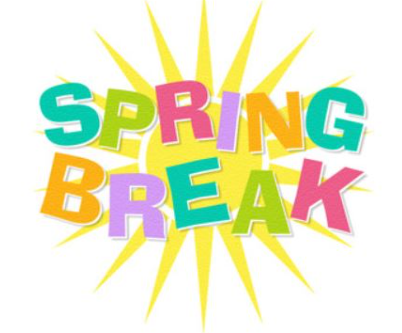

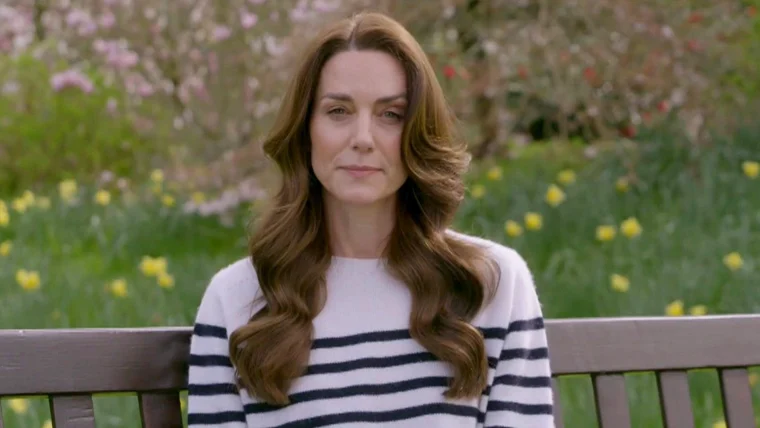


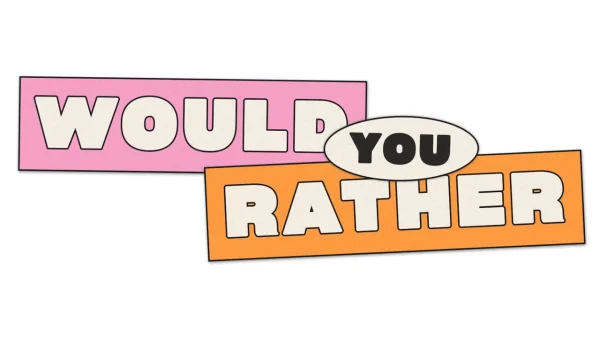





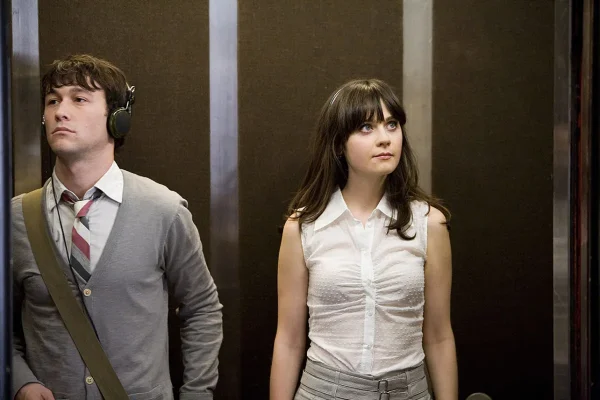






Alex • Mar 24, 2022 at 11:03 pm
Sorry, but you’ve failed to include some very important info. re: Japan’s HS.
This article has a major bias, since the writer is 1) from US & 2) only a HS student. Therefore, it’s natural that his experience is limited by his youth in terms of number of years on the planet, which further limit the depth of his knowledge re: both school systems.
i.e. Prom may be fun & matter to US students, but it focuses on couples, meanwhile, Japanese schools have sports day, culture festival, & in some cases relay races that include nearly the whole school, while focusing on teamwork & collaboration skills from kindergarten! Japanese students are definitely more involved in their schools & spent a lot more time on campus with classmates & teachers, including cleaning their own schools, serving school lunches, & running various clubs & school events.
Regarding extra-curriculars, Japanese schools offer students far greater opportunity to experience & practice art, culture & music in addition to sports, while US is primarily focused on sports, & generally boys teams. Many art & music programs are being cut from US schools due to budget restrictions, but Japanese constitution guarantees all students a right to art & culture. With a background in the arts, many Japanese students join amateur art or music clubs at their workplaces post graduation, which further builds community & fosters ongoing artistic development & artistic pleasure in daily life.
As for Teacher’s involvement, Japanese teachers are definitely far more involved as Japan has a K-12 homeroom system. Most US teachers care, but the level of teacher involvement even includes home visits & treating students to meals; that’s how close the sensei-seito relationship can be! So, Japan definitely has a better K-12 system for wholesome student development.
But when it comes to University, better go to a US top tier, or a UK college.
Christopher Oliver • Apr 4, 2022 at 11:37 am
Your critique is definitely true, and I appreciate seeing more information given to me on this subject, as it is very useful for me to know. Thank you for voicing your opinion, and I will strive to do better next time
Anthony Nguyen • Sep 14, 2021 at 2:23 pm
Sick article, I learned a little more about the two different school systems. Makes me want to look into it more.